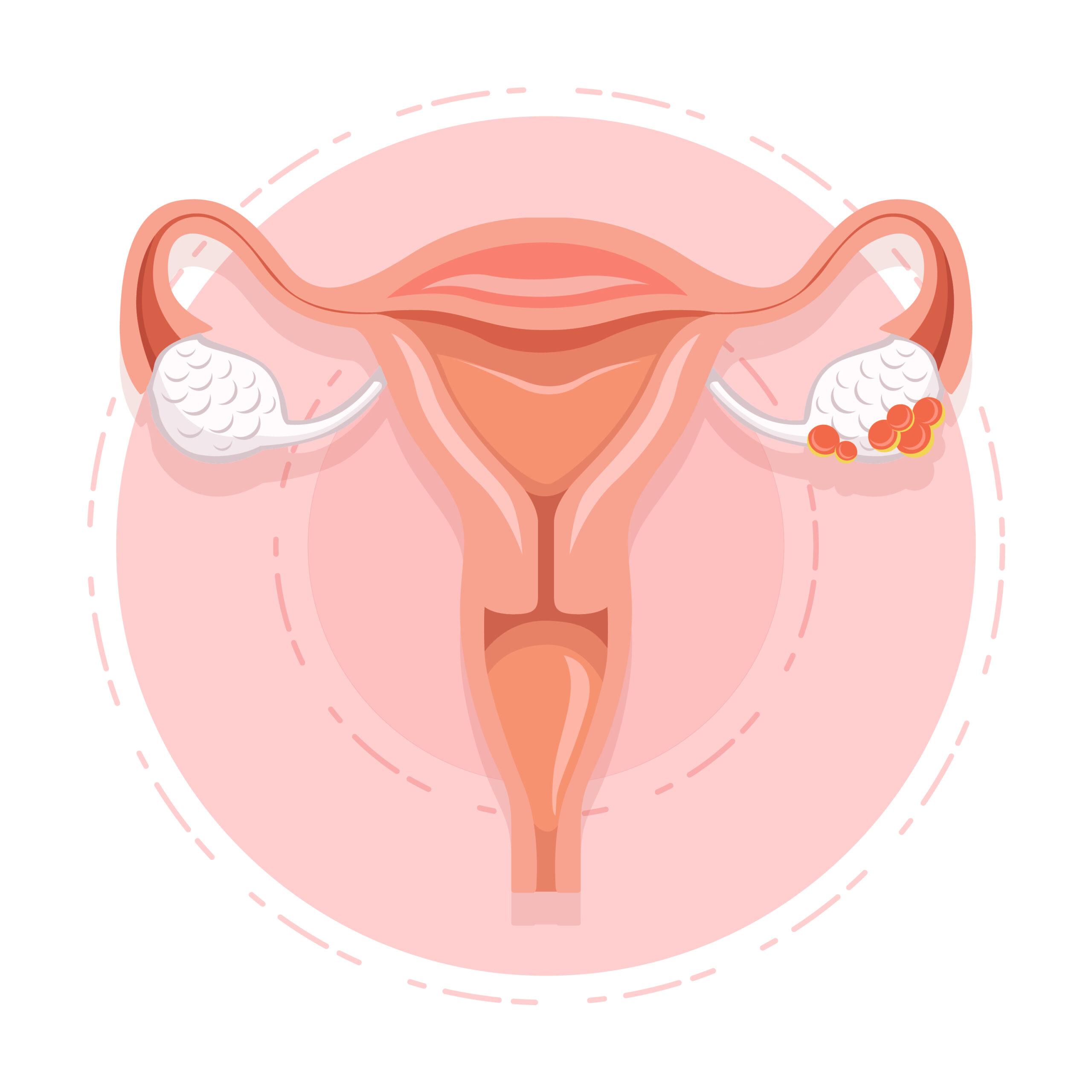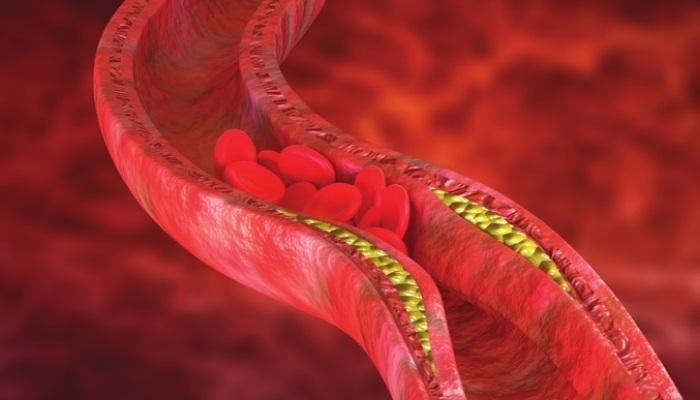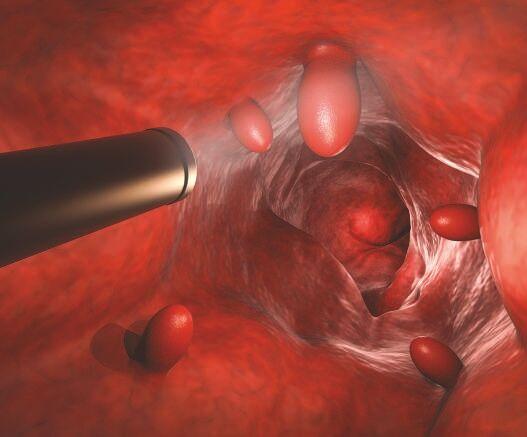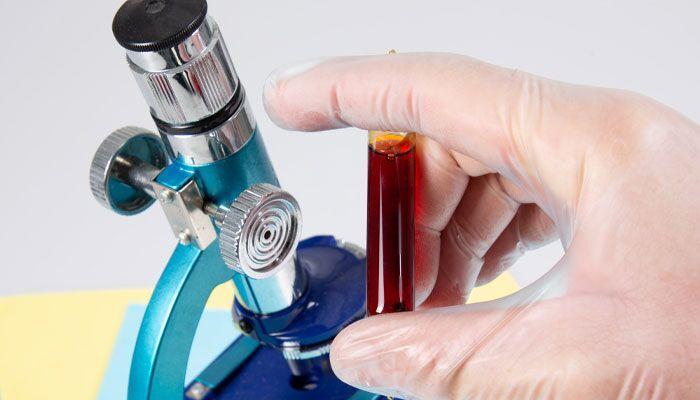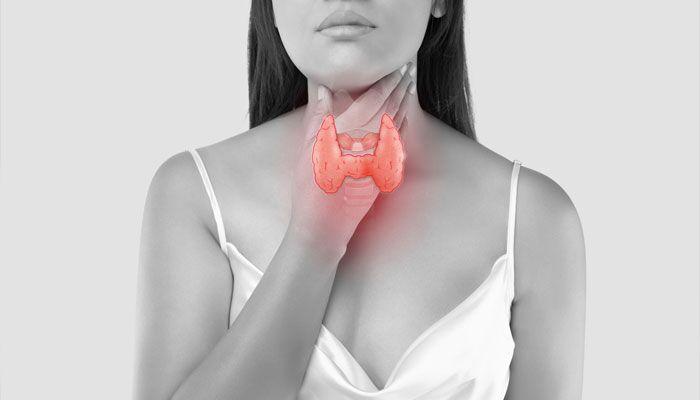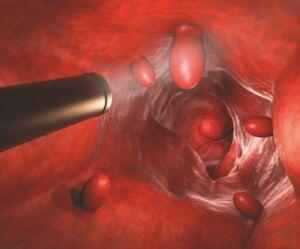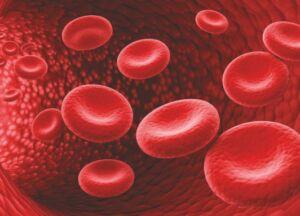
Role of Genetics in Female Pattern Baldness
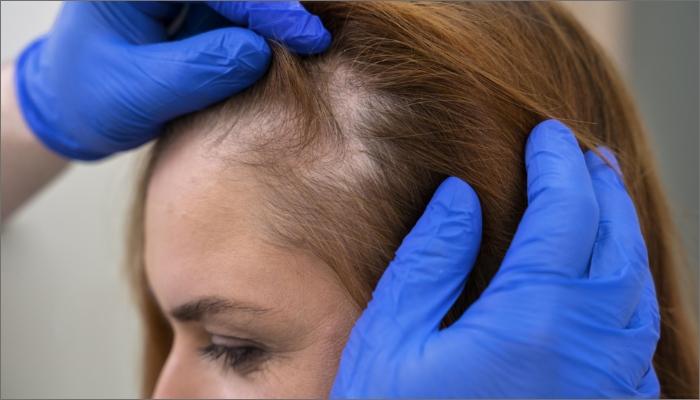
Female pattern baldness, also known as Androgenetic alopecia, is a common type of hair loss in women. It is characterized by the progressive transformation of thick, pigmented terminal hair into short, thin, non-pigmented villous hair. This undesirable process is referred to as hair follicle miniaturization. The cause of miniaturization is unknown, but it is thought to be a combination of genetic predisposition, androgen influence, and environmental factors.
Factors causing female pattern baldness
Whilst the cause of female pattern baldness is not fully understood, it could be linked to:
- Aging
- Alterations in androgen levels (hormones that can enhance male characteristics)
- Family history of pattern baldness
- Heavy loss of blood during menstrual periods
- Certain medications, such as estrogenic oral contraceptives
- Certain hairstyles that require hair pulling, such as a tight ponytail
Gene involved:
Gene name: AR gene
Chromosome:X (Xq12)
Studies reveal that although several genes are involved, changes in only one AR gene located on the long arm of the X-chromosome Xq12 have been confirmed to be the main reason for this syndrome. However, it requires two recessive alleles to display the baldness trait in females unlike males, where only one recessive allele can also cause baldness.
Genetic testing for female pattern baldness
HairDX Test:
Women are given a score for female pattern baldness known as CAG repeat score. The HairDX test provides women with an index of CAG repeat sequence and allows comparison of their results with already existing test scores.
TrichoTest:
Itis a genetic test developed to support the assessment and treatment of alopecia. It tests patients’ DNA for 13 genes and 48 genetic variations, analyzing prostaglandins metabolism, inflammation, androgenic effect, vasodilation and blood circulation, collagen synthesis, vitamins and minerals metabolism, and insulin-like growth factor metabolism. It supports the effectiveness of treatment and can help clinicians choose the best treatment options.
Treatment:
Female pattern baldness is typically detected based on certain health conditions such as thyroid disease, iron deficiency, and the appearance and pattern of hair loss, clitoris enlargement, menstrual period alterations, etc.
Minoxidil is the only drug approved by US FDA (Food and Drug Administration) for female pattern baldness.
- It is applied to the scalp.
- 2% solution or 5% foam is recommended for use in women.
- It may help 1 in every 4 or 5 women grow their hair. It may slow or stop hair loss in the majority of women.
If minoxidil does not work, other medications such as spironolactone, ketoconazole, cimetidine, birth control pills etc., can be considered.
Hair transplantation:
Hair transplantation is considered as an effective alternative, if:
- There was no proper response to medical treatment or
- There was no significant cosmetic improvement
Other treatment options for female pattern baldness include
- Lasers for at-home use
- Platelet-rich plasma therapy
- Stem cells
- Supplements
- Hair loss shampoos etc
While hair loss shampoo may help in hair loss, it cannot re-grow hair or prevent hair loss from worsening.
It is not clear as to how genetics influence Female Pattern Baldness, as there is a possibility of a combination of other factors contributing to this condition. However, upon observation of symptoms or in case of a family history, genetic testing can help an individual for early diagnosis and get the best of the available treatment in their case.
References:
- Androgenetic alopecia. Medline Plus. https://medlineplus.gov/genetics/condition/androgenetic-alopecia/
- Female pattern baldness. Mount Sinai. https://www.mountsinai.org/health-library/diseases-conditions/female-pattern-baldness#:~:text=Female%20pattern%20baldness%20is%20the,which%20maintains%20the%20normal%20hairline.
- Thinning Hair and Hair loss. American academy of dermatology Association. https://www.aad.org/public/diseases/hair-loss/types/female-pattern










